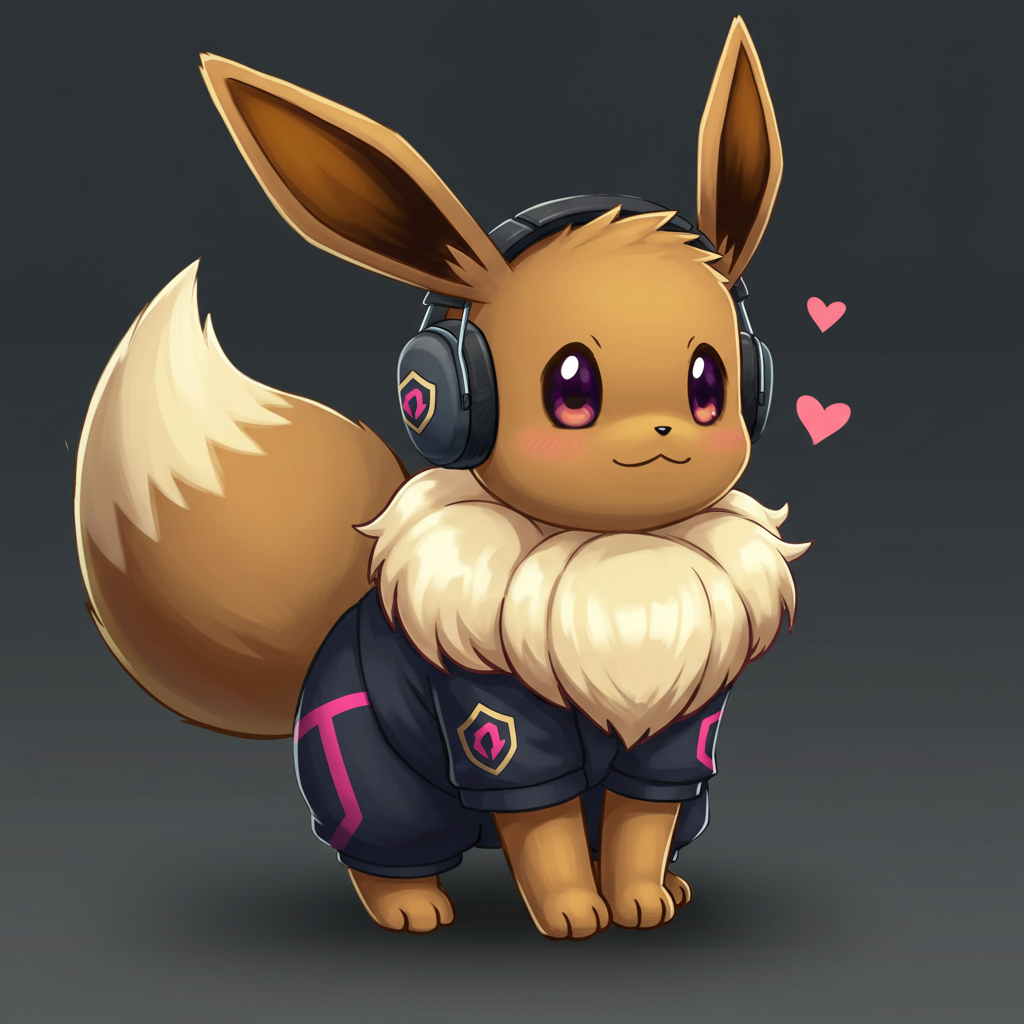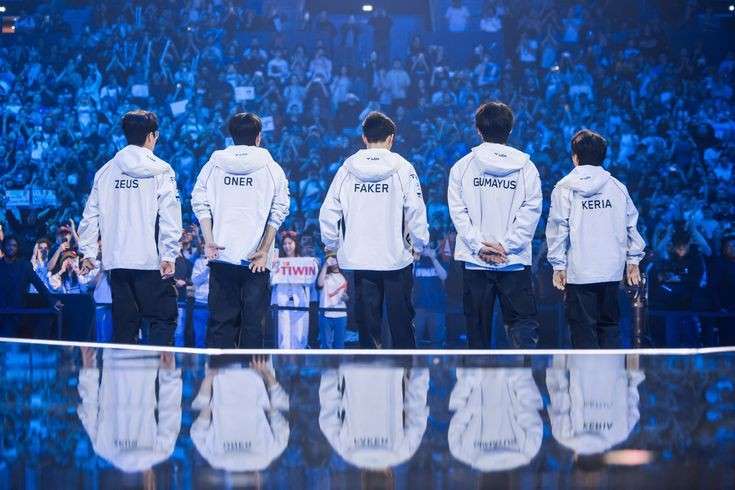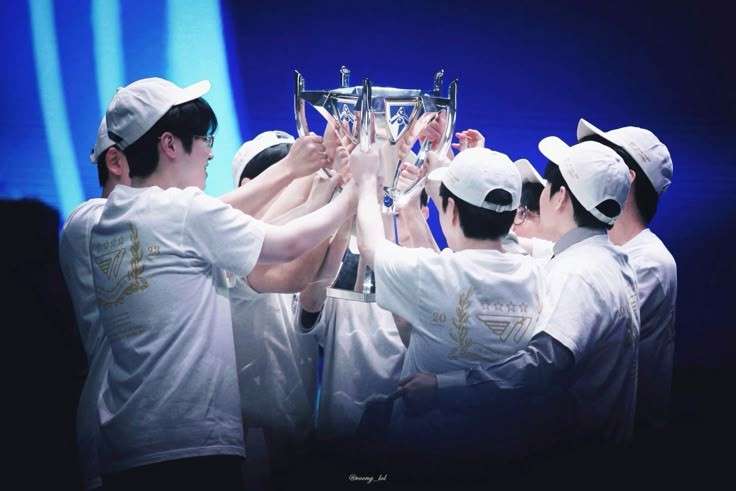
Building a strong and cohesive team is not easy, whether it’s in software engineering or e-sports! Let’s talk about Tuckman’s Stages of Team Development, using the famous T1 League of Legends team as an example. This e-sports team has gone through all the ups and downs of team development, and their journey is a great lesson for us in the tech world.
Let’s break it down and see how T1 went from the Forming stage to the Performing stage—and why keeping your team together, upskilling, and believing in internal promotion is key to success! 🚀
The Four Stages of Team Development 🌱
Tuckman’s model describes how teams typically evolve through four stages:
- Forming: The team is just starting out, figuring out roles, and testing boundaries 🌟
- Storming – Conflicts arise as team members start to assert their individuality ⚡
- Norming – Team members start to work more closely, establishing roles and building trust 🤝
- Performing – The team is now high-performing, efficient, and collaborative 💪
T1’s Journey Through Tuckman’s Stages 🎮💪
1. Forming: The Beginnings of T1 🌱

When Faker, Keria, Oner, Zeus, and Gumayusi first came together, they were just starting to understand each other’s playstyles and personalities. T1 was a team of highly skilled players, but at first, there were a lot of unknowns. They were still learning to navigate their roles and figure out how to work together as a team.
At this stage, much like a software engineering team initially forming, T1 had to focus on defining each player’s role within the team. In the tech world, this might be like when engineers are figuring out their responsibilities, communicating their expectations, and learning how to collaborate on a project 🔄
At this stage, it’s valuable to conduct a Roles and Responsibilities workshop to clarify and align the team’s understanding of each member’s role. For example, you can explore what it means to be a graduate engineer, a senior engineer, or a product manager, and so on.
One effective way to do this is by using a collaborative tool like Miro. Create a board with the different roles listed, such as: Product Manager, Engineering Manager, Lead Engineer, Senior Engineer, and Associate Engineer - and have everyone attach sticky notes to describe what they believe each role entails. This collaborative approach allows the team to openly discuss and refine their understanding of each role, fostering clearer expectations and alignment.
2. Storming: The Difficulties and Setbacks ⚡
Every team goes through this stage, and T1 was no exception. Just like in software development, when challenges arise, it’s natural for conflicts and disagreements to emerge. Early on, there were tensions in T1 as the players learned to collaborate their individual play styles. Each team member raised varying opinions on strategies, game decisions, and overall communication.
T1 also faced significant setbacks in important matches. One of the most sad defeats came during the 2022 World Championship, where T1 lost to DRX in the finals. T1 struggled to find their rhythm, ultimately falling 3-2 to DRX. This loss was a tough blow for the team, as they had high expectations and were just a few steps away from winning the championship 🏆. The defeat marked a turning point for T1, pushing them to re-evaluate their strategies and to come back stronger in future seasons which will be discussed in the Performing stage shortly! 😉
For software teams, this is the phase where deadlines can feel tight, tech-debt seem endless, and team members might question various processes. But just like in T1, it’s essential to push through this stage. Overcoming these challenges leads to stronger and more resilient teamwork ⚙️
3. Norming: Building Trust and Understanding 🤝
Overtime, T1 worked through the pain-points. Through numerous matches, and even failures, the team began to really understand each other. They started to find their rhythm, developing trust and a shared vision. T1 were starting to become a unit that supported and understood each other better.
The growth of the team was gradual, but over time, they built a strong sense of trust. For example, Gumayusi and Keria developed a stronger partnership in the bot lane, learning to communicate seamlessly and cover each other’s weaknesses. Their synergy became crucial in high-stakes situations, where they could count on each other to execute their plays under pressure.
In software teams, this is when team members learn each other’s strengths, weaknesses, and work preferences. They begin to streamline communication, establish processes, and understand how to approach different problems together.
An important part to all of this is trust and empathy. In e-sports, just like in engineering, trust is built through shared experiences 🎠💻
4. Performing: Reaching New Heights 🌟
T1 is the first team to win back-to-back World Championships with the same roster: Faker, Keria, Oner, Gumayusi, and Zeus.After years of overcoming hurdles and growing together, they’ve hit the Performing stage. This is when the team is executing flawlessly and winning championships 🌟 yay!

T1’s Performing stage has been marked by multiple championships and dominance in the League of Legends scene. They’ve won the LoL World Championship two times with the same members (2023 & 2024) and have been a strong team in every season they’ve played. In addition, they have secured several League of Legends Champions Korea (LCK) titles and other regional victories. These accomplishments are a testament to the team’s synergy and their ability to perform at the highest level under pressure.
Just like a high-performing software engineering team, T1 now operates like a well-oiled machine 😎. Their communication is seamless, their strategies are refined, and they trust each other. Each player knows their role and delivers their best performance every time.
The Importance of Up-skilling and Internal Promotion 🚀
Let’s now take a step back and look at the bigger picture. T1’s success didn’t come from a one-time lucky chance or external hiring. It came from years of working together as a team and helping each team member grow over time.
In software engineering, it’s tempting to look outside the team for experienced talent to see if it helps accelerate the team’s growth. But T1’s example teaches us a valuable lesson: Investing in internal growth and providing mentoring can create lasting, high-performing teams.
When you invest in your team’s potential — whether through training, mentorship, or believing in the team member’s potential — you create a culture of continuous improvement. Internal promotion and up-skilling not only boosts morale, but it also fosters trust and a deeper connection to the company and team 🌈
Final Thoughts: Believe in Your Team! 🌟
The journey from Forming to Performing is long and challenging, but it’s worth it. T1’s story is an example of how a team can go from struggles to high-performing by sticking together, understanding each other, and growing together over time. If you are leading a software engineering team, remember that success doesn’t happen overnight! It’s about nurturing talent, believing in your team’s potential, and providing the support they need to grow and thrive 💪🚀